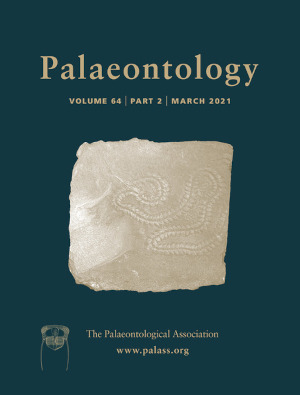Reg. Charity No. 1168330

Mesotheriidae were small to medium-sized native South American ungulates. Mesotheriids radiated from the early Oligocene epoch to the early–middle Pleistocene, in two subfamilies: Trachytheriinae and Mesotheriinae. Beyond the conspicuous fossil record, little is known about mesotheriid palaeobiology, and particularly, the dietary habits. To date, different studies suggest grazing habits, similar to some extant ungulates, but recent contributions are challenging this vision. Here, we explore dietary preferences in mesotheriids, focusing on food intake and oral processing strategies. We performed a shape analysis of the snout and reconstructed ancestral shapes to assess evolutionary trends within the clade. Also, we considered other morphological variables of the masticatory apparatus to perform a functional characterization. We recognized three snout configurations: Trachytherus, ‘Intermediate’ and Mesotherium morphotypes that can be associated with different food intake capabilities and, considering other morphological proxies, with the consumption of different food items. Taking into account palaeoenvironmental conditions, the evolution of the masticatory apparatus is interpreted in the context of a consumption gradient from coarse and tough foods (roots, tubers, tough leaves) to grasses. We propose that during the ecomorphological evolution of mesotheriids, an initial phase took place during the late Oligocene and Miocene, consisting of diversification and specialization for consumption of hard-to-break food items. A second phase began incipiently during the late Miocene, and became well-defined during the Pliocene and Pleistocene, characterized by an ecomorphological displacement towards grazing habits. Inferred dietary habits in Mesotheriidae could provide light on palaeoecological evolution and niche partitioning within South American herbivorous mammalian communities.